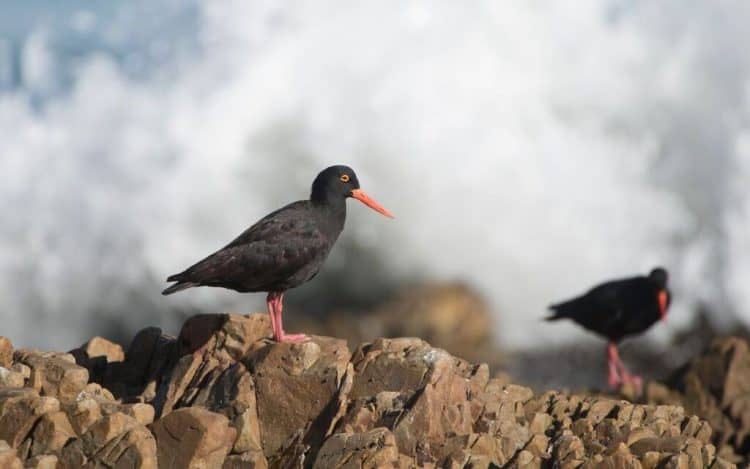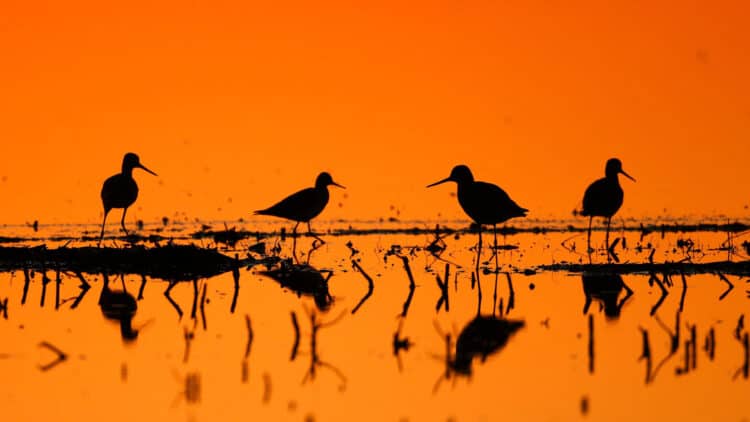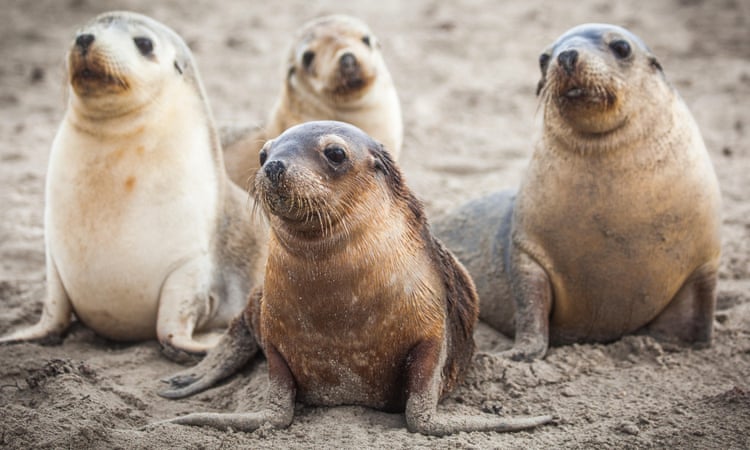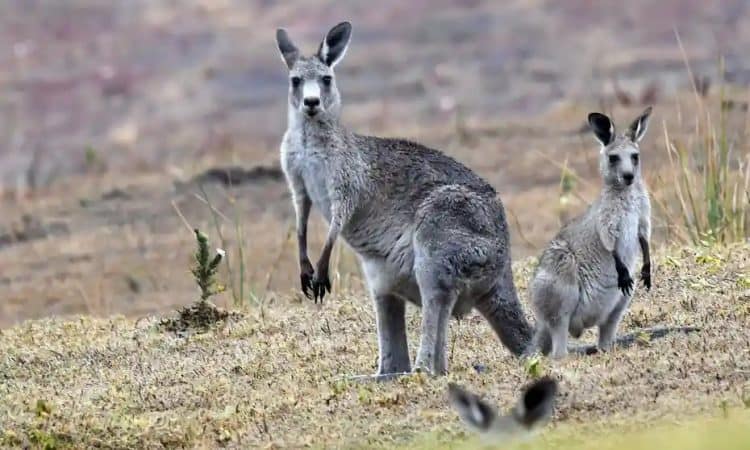For bird lovers, South Africa has always been a great place to be.
From the world’s largest bird, Common Ostrich Struthio camelus to the tiny Cape Penduline-Tit Anthoscopus minutus the country boasts an impressive amount of avian biodiversity.
A new study from BirdLife South Africa, however, shows that the past few years have not been kind to the country’s birds, and many of them are in decline in the country, with the number in danger of disappearing from South Africa only increasing.

Over five years in the making, The State of South Africa’s Birds 2018 report used national survey and monitoring data to create a picture of the conservation status of the country’s birds and their habitats. Unfortunately, the study outlines several troubling tends. Overall, it found that 132 of the 856 species in the country were threatened or near-threatened in the country, with 13 Critically Endangered – just one step away from being extinct in South Africa.
State of South Africa’s Birds
The picture for seabirds in particular looks especially grim; 27 types of seabird are threatened to some degree, with one – Tristan Albatross Diomedea dabbenena, Critically Endangered globally. Three more, Leach’s Storm Petrel Oceanodroma leucorhoa, Damara Tern Sternula balaenarum and Crozet Shag, a subspecies of Imperial Shag Phalacrocorax Atriceps,are Critically Endangered nationally.
In total, seabirds make up over a third of the birds in South Africa which are threatened or Near-Threatened. This mirrors a worldwide trend, where seabirds are declining faster than any other comparable group.
One reason for this is that seabirds are especially vulnerable to human interference. Their long reproduction cycle, vulnerability to introduced predators, and risk of getting tangled in fishing lines and nets are all very concerning for conservationists.
The study also showed a concerning decline in raptor species. It found six species of vulture to be Critically Endangered in South Africa, and more than a quarter of the country’s raptors are considered threatened or Near-Threatened. Worryingly, the steep decline of vultures is also reflected in data from the regions of East and West Africa. In some cases vultures are dying off after eating poisoned bush meat, while in other instances they are losing both their habitat and food through urbanization.
In addition to examining the state of birds, the study also looked at the state of habitats. South Africa has ten different biomes, or types of ecosystem, ranging from desert to ocean. Some biomes house more species than others — for example the rolling grasslands of the Savannah Biome house 77 percent of South Africa’s bird species, while the sands of the desert house just 18 percent.
Fortunately, the conservation status of the Savannah Biome is fairly good, with 20 percent conserved, and the biome projected to expand in the future. The same cannot be said for many of the other biomes. The Nama Karoo — sandy, rocky regions marked by small shrubs which house many ground-dwelling birds including the Ostrich and the helmeted guinea fowl — is only .47 percent protected.
The picture isn’t entirely bleak though. Many organizations, including government departments, NGOs, and provincial conservation groups are working to address the threats facing the country’s birds. BirdLife South Africa is running five conservation programmes geared towards protective the country’s IBAs (Important Bird Area). The South African National Biodiversity Institute is helping to restore and rehabilitate ecosystems, and the Endangered Wildlife Trust works to support the conservation of threatened species.
This article was first published by BirdLife International on 12 Mar 2018.







Leave a Reply